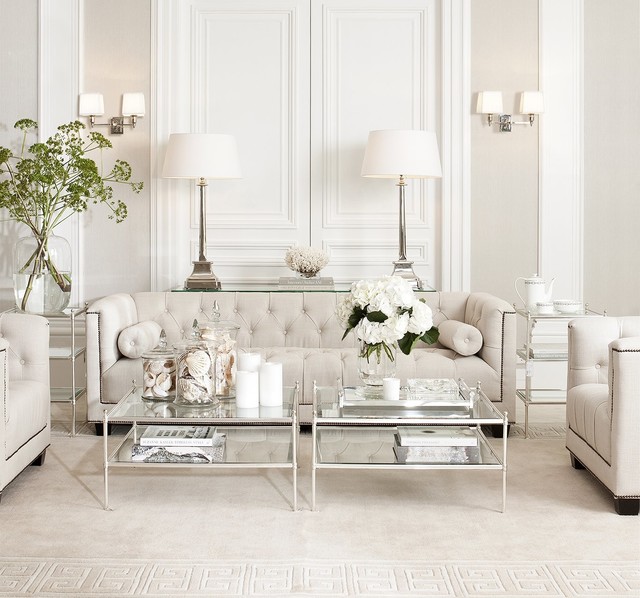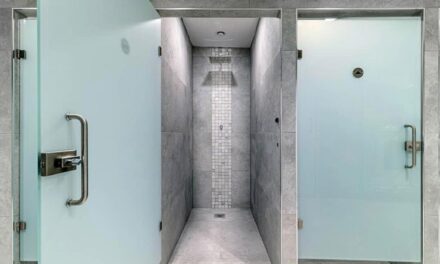Our living room ideas are here to kick-start your next decorating project or mini update. You could be looking for a way to liven up your lounge or restyle a sitting room, snug or den. And the experts here at Ideal Home know exactly how to create a comfortable space where the household can relax, however much you have to spend.
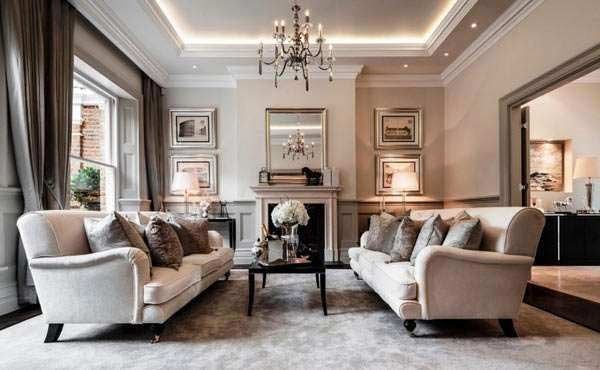
Living room decorating ideas
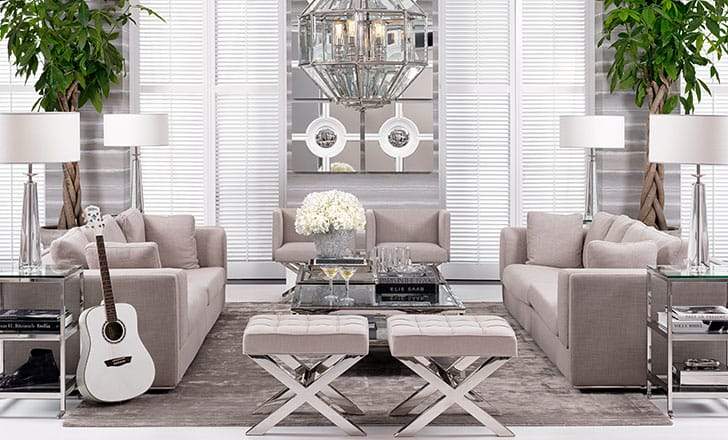
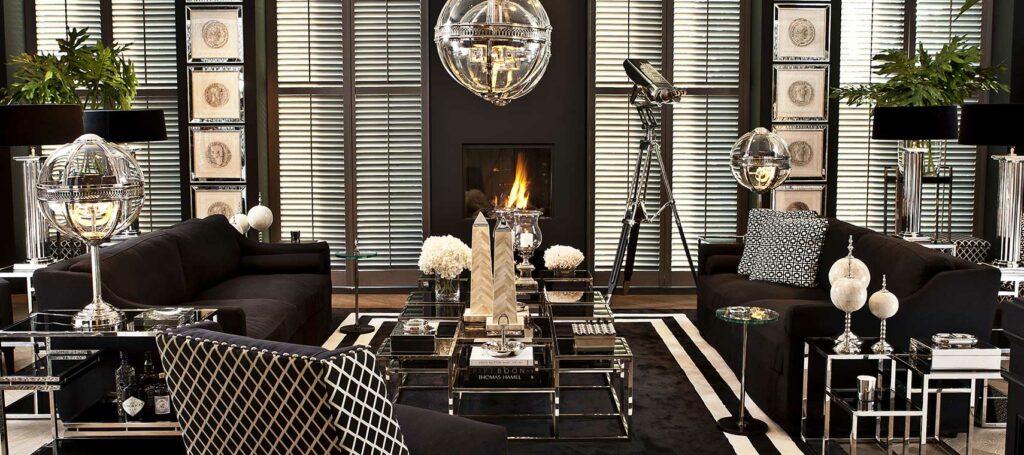
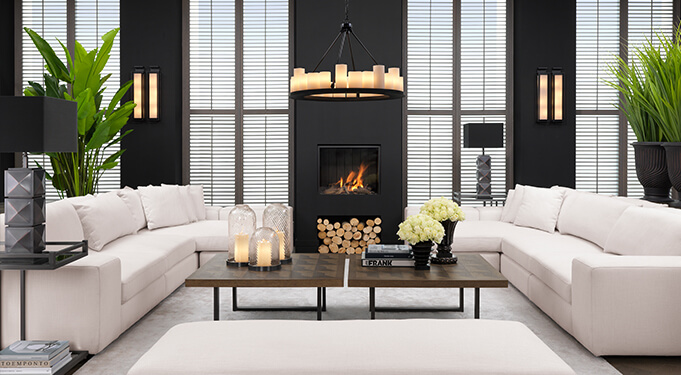
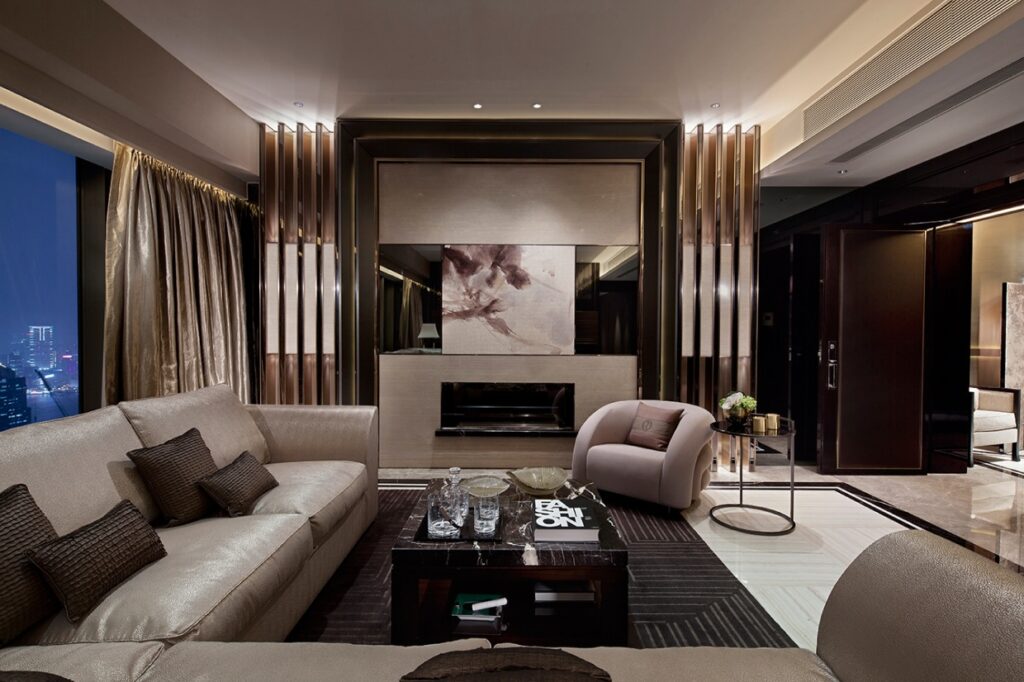
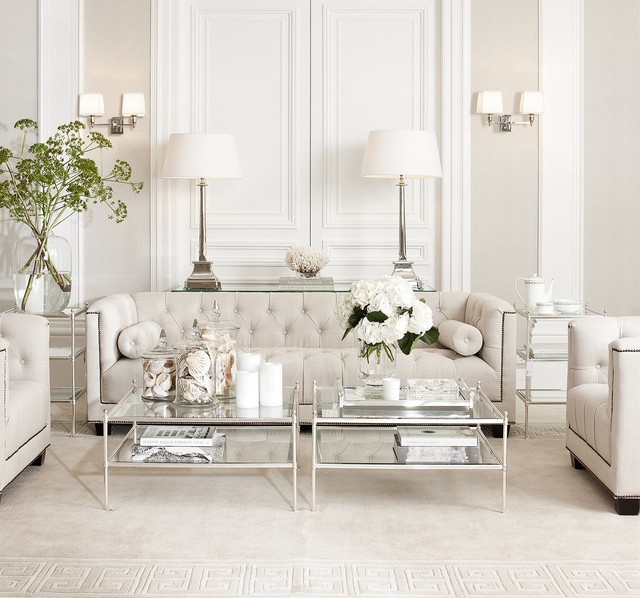
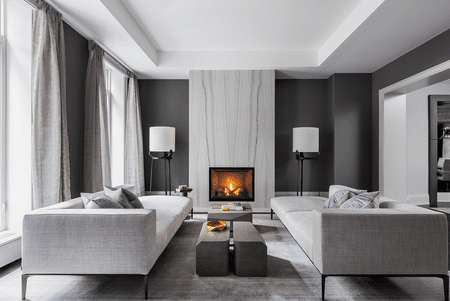
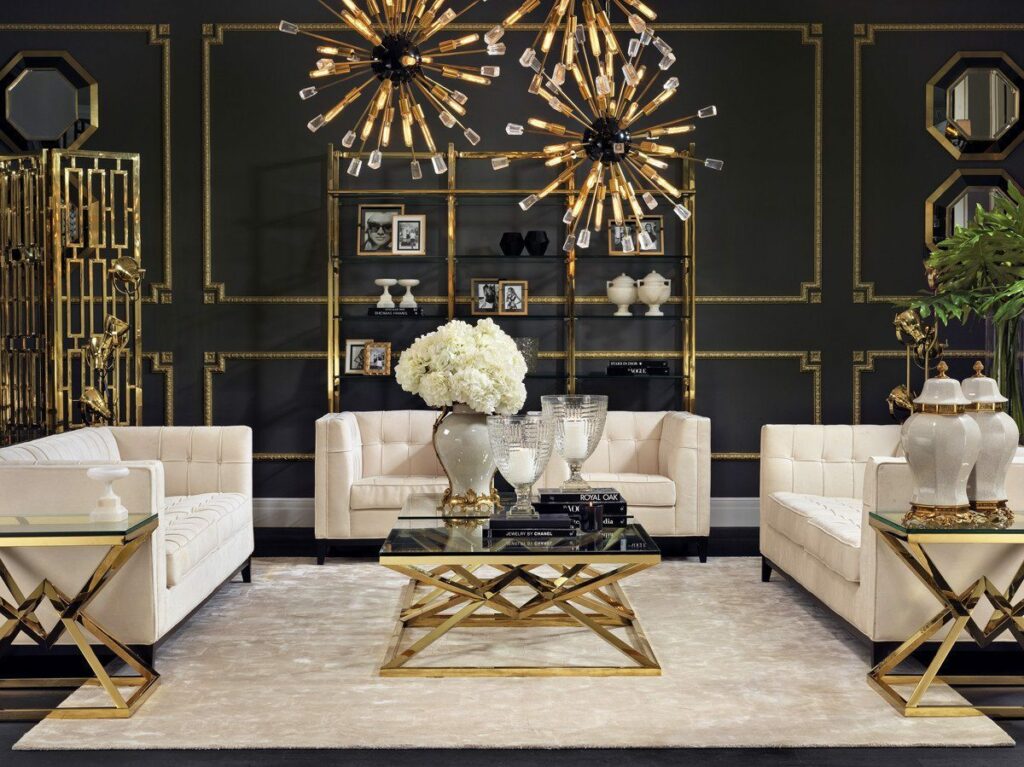
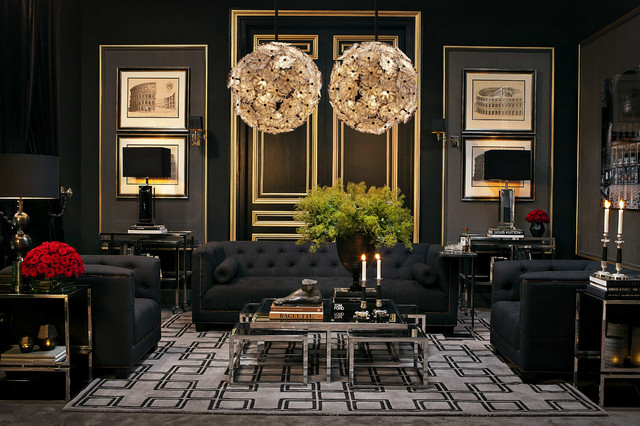
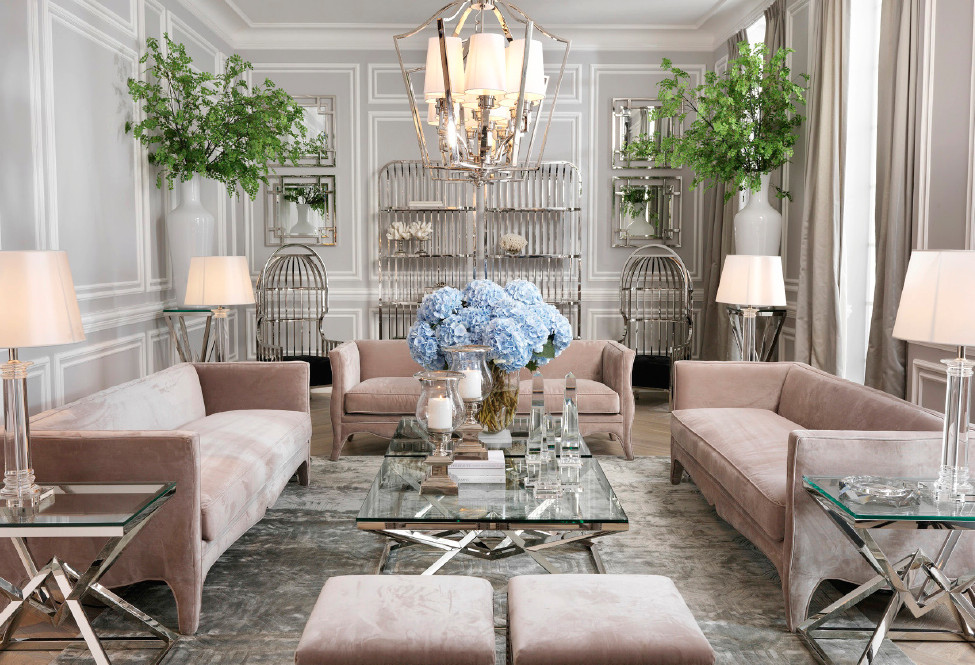
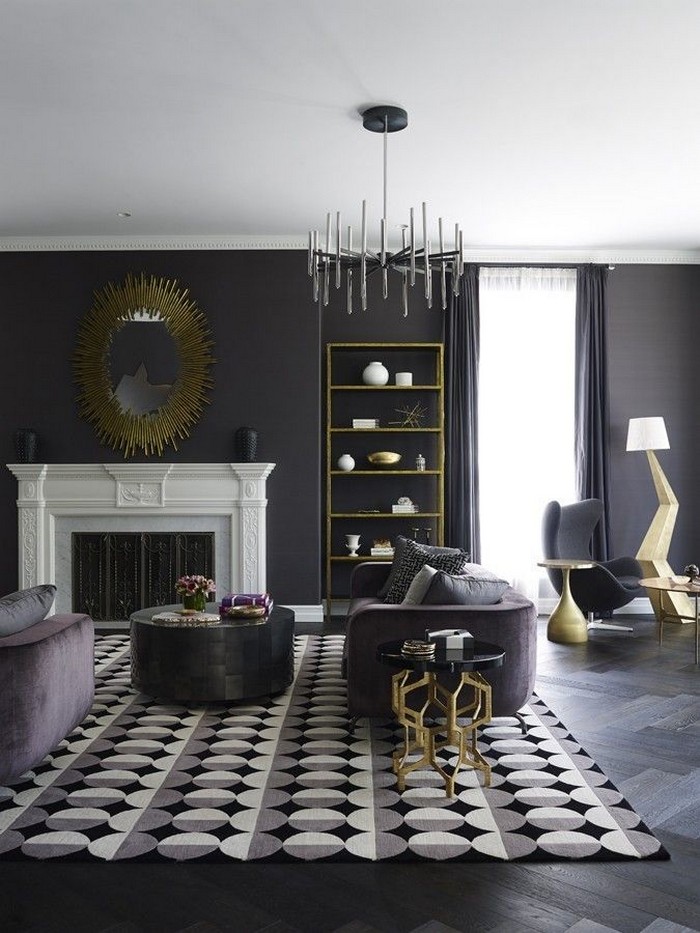
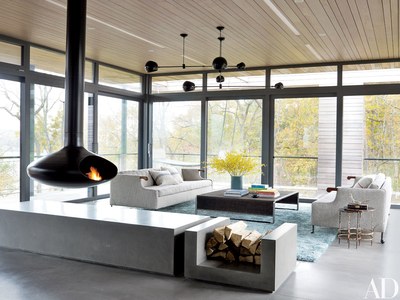
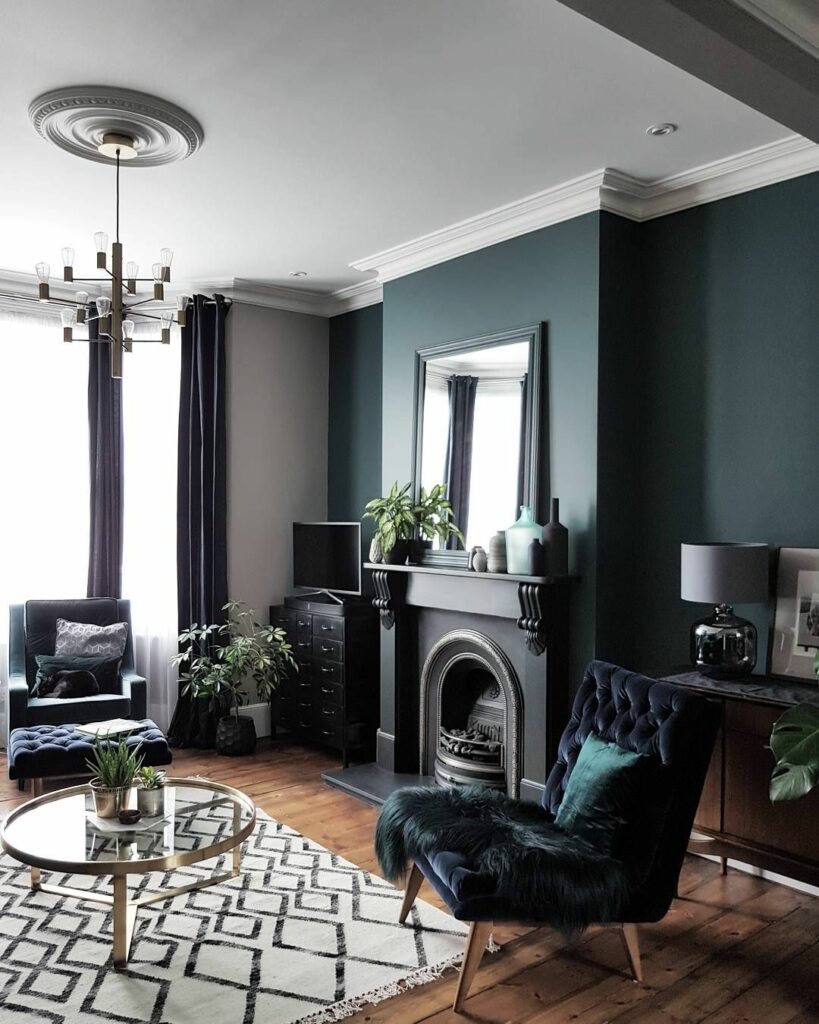
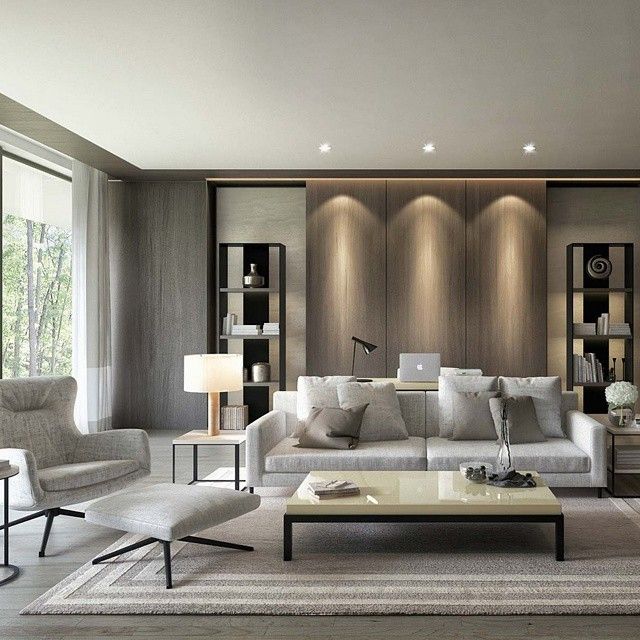
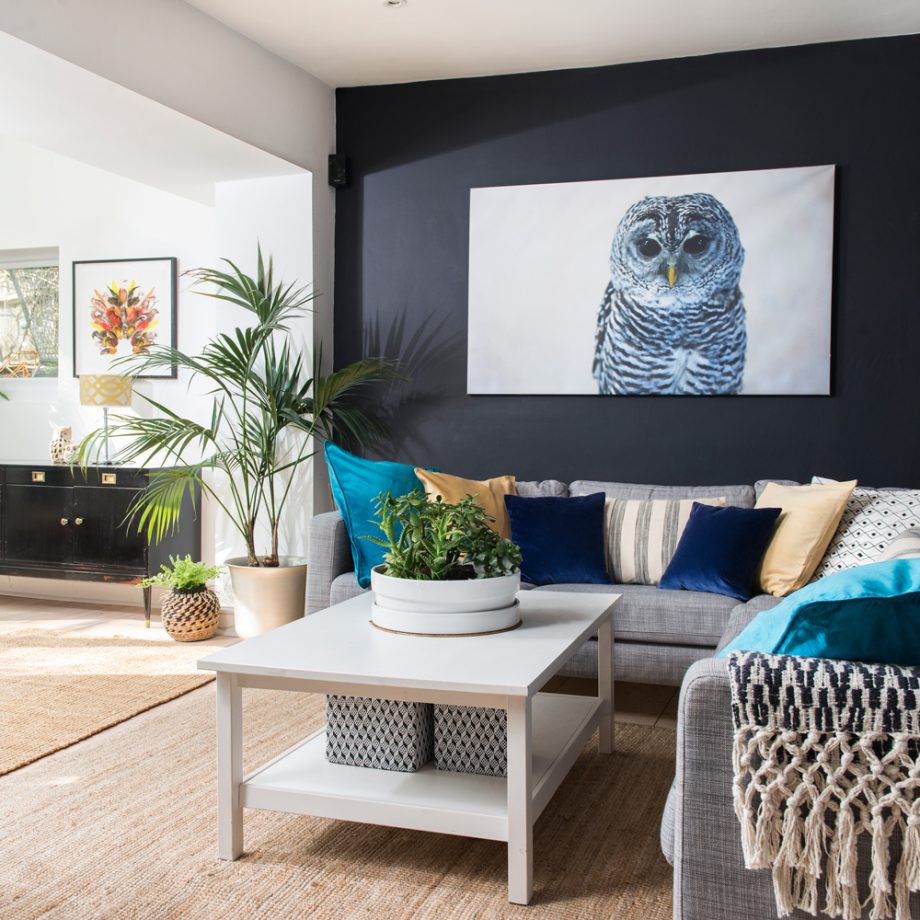
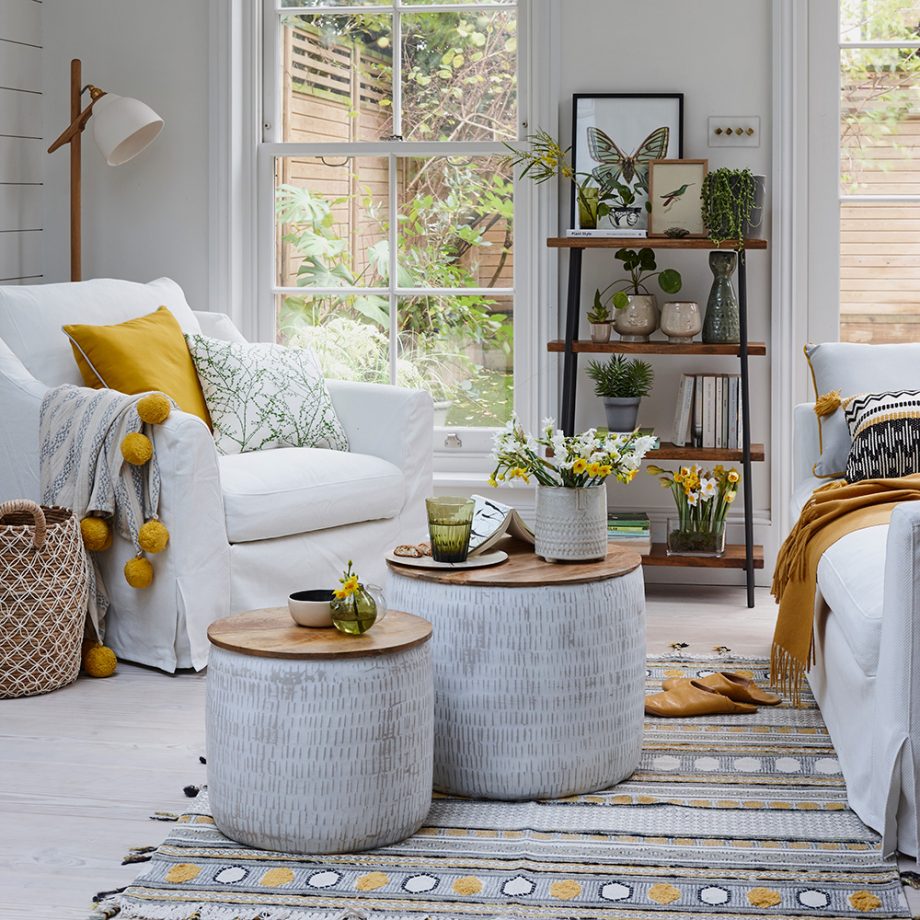
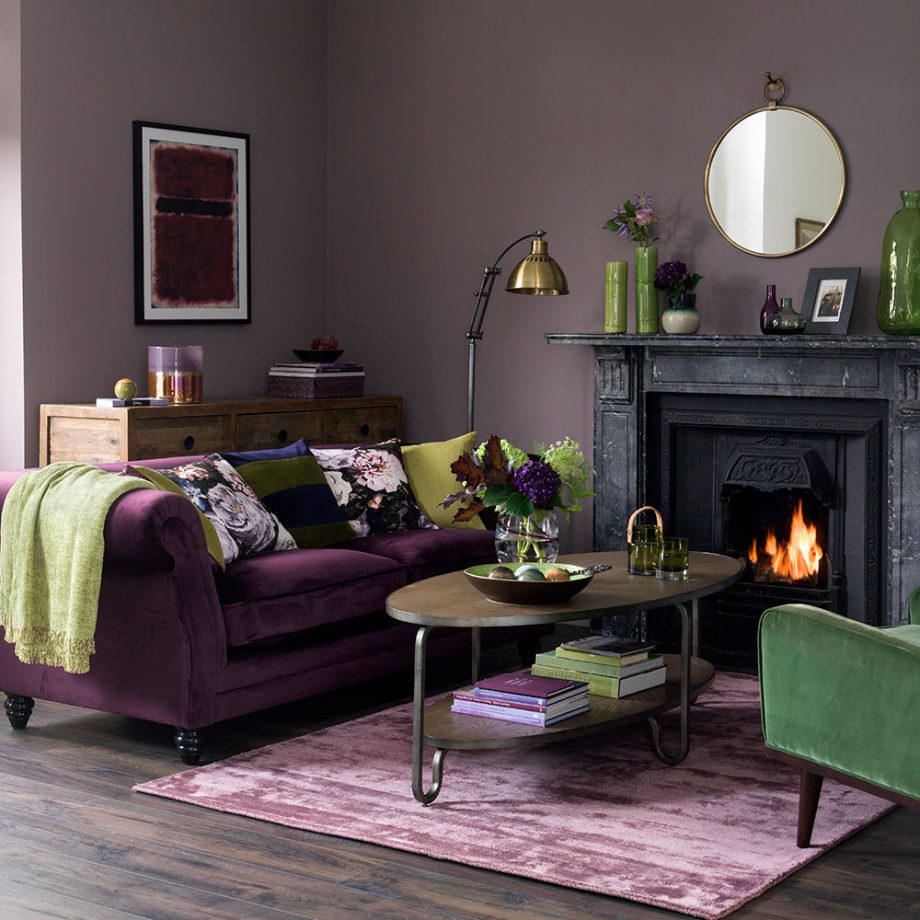
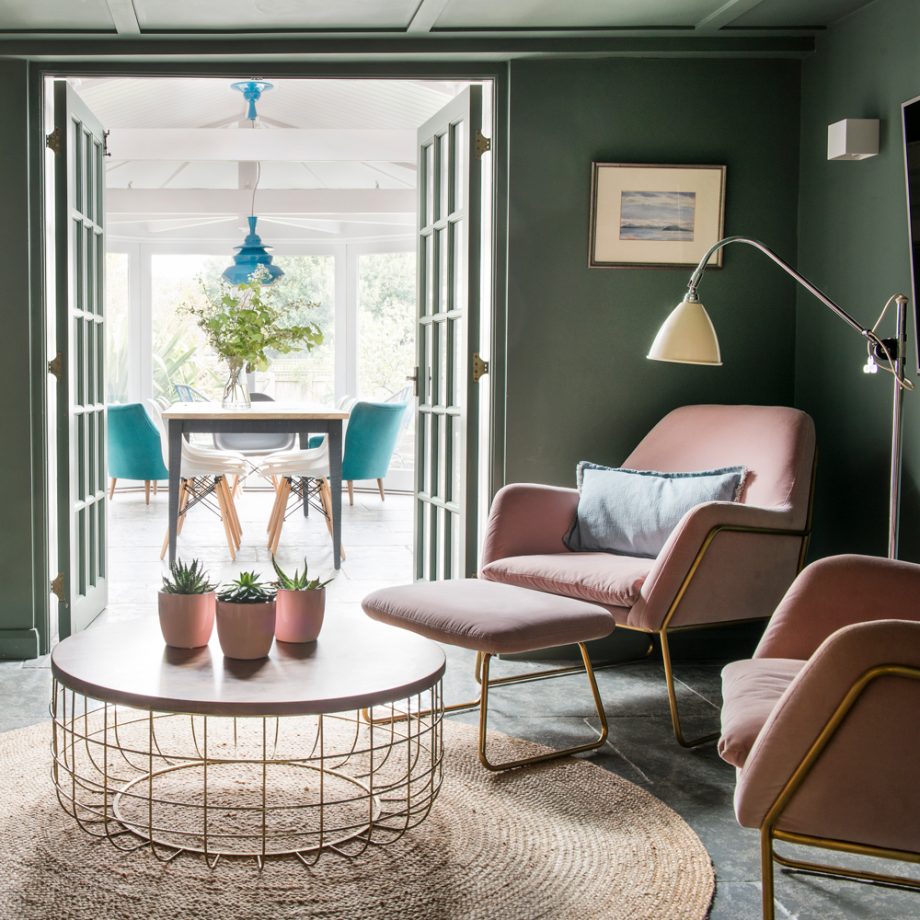
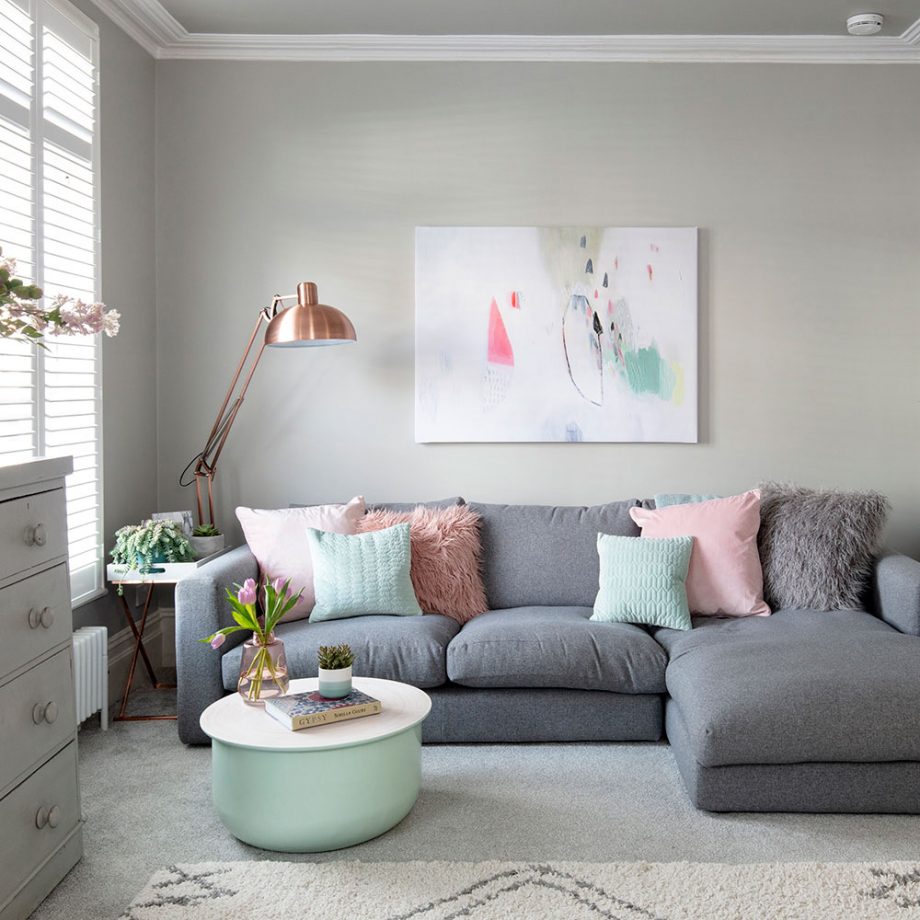
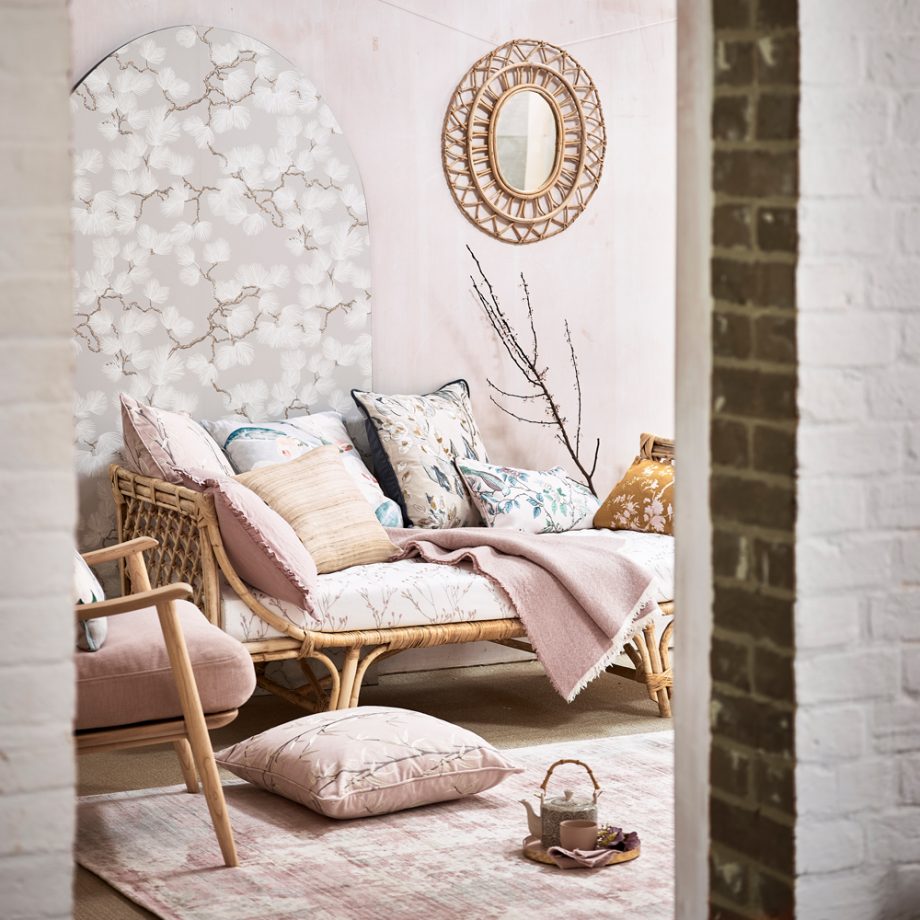
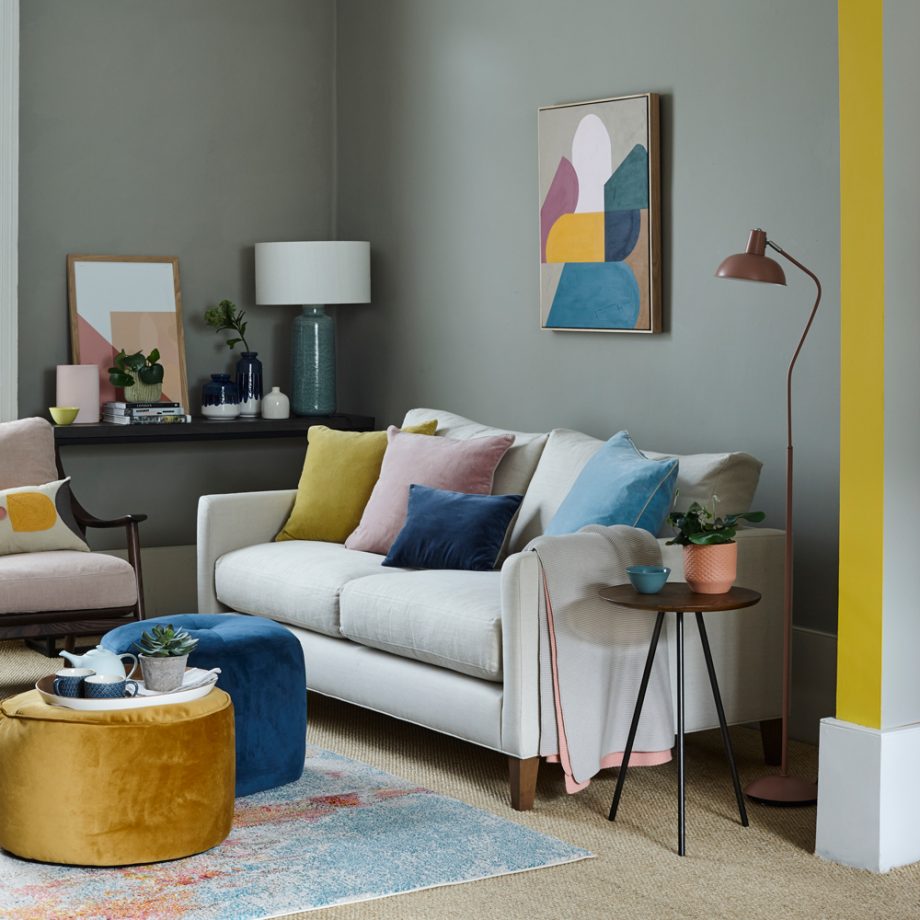
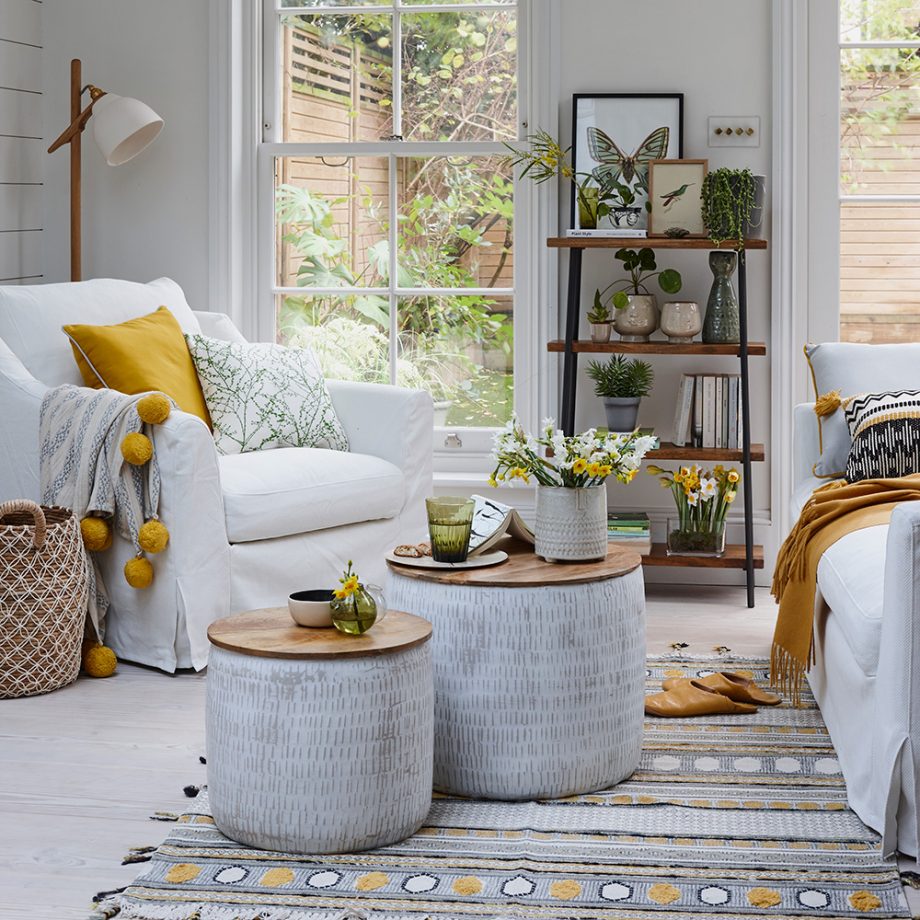
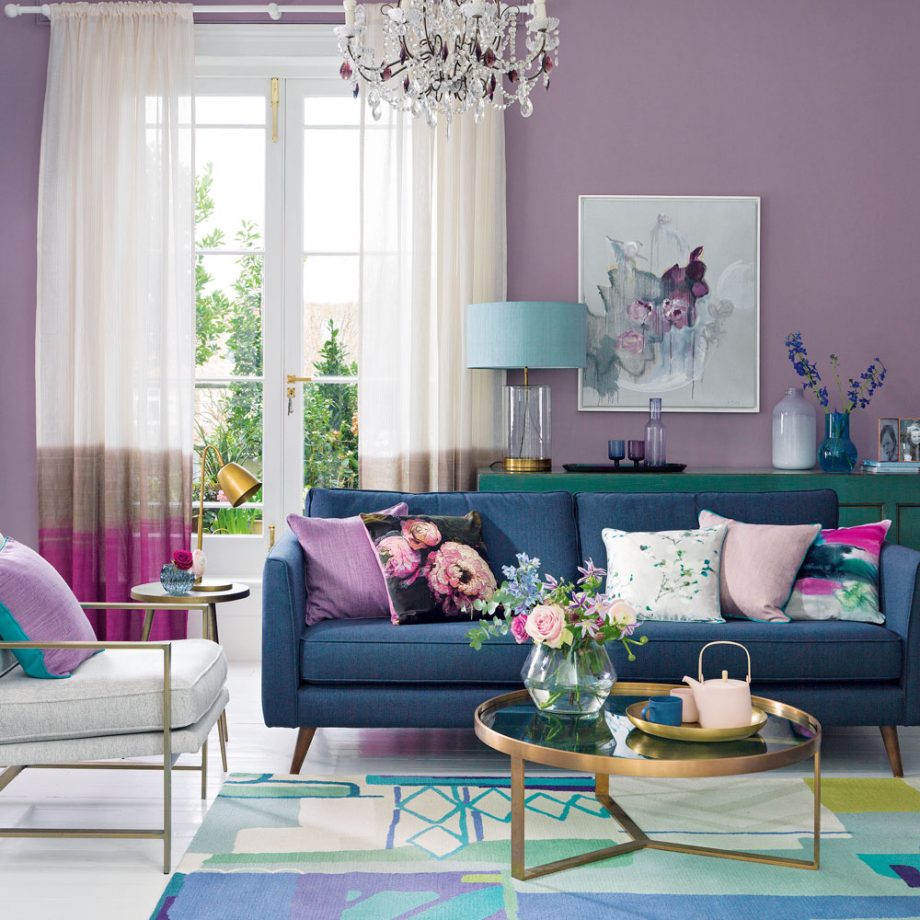
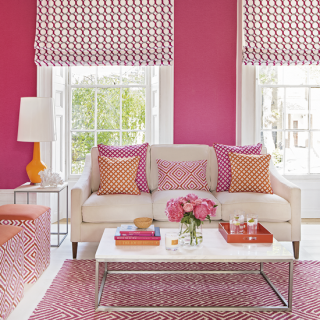
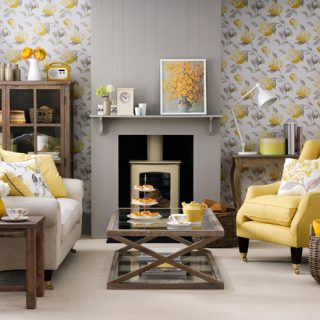
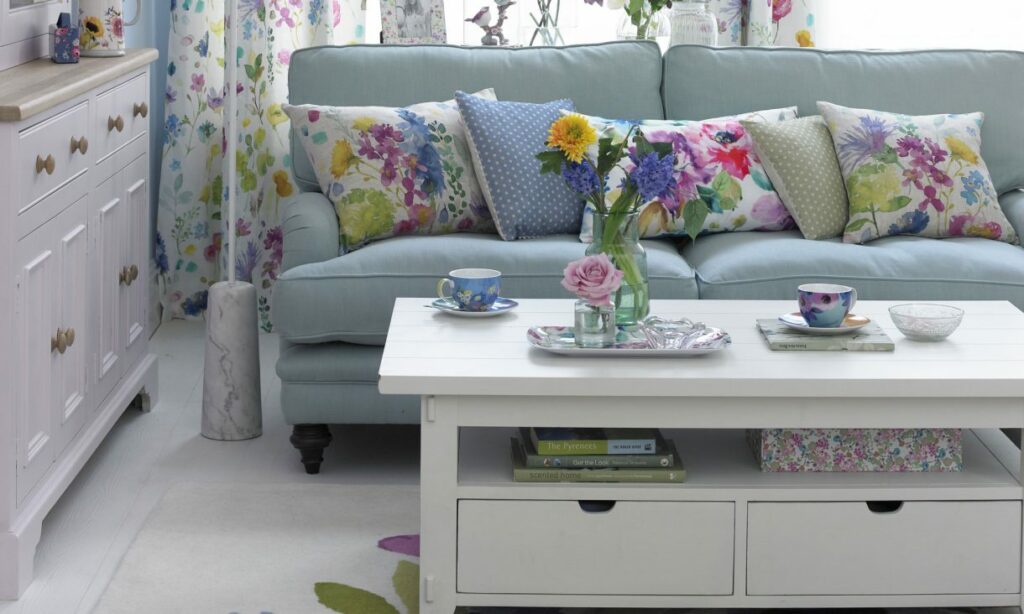
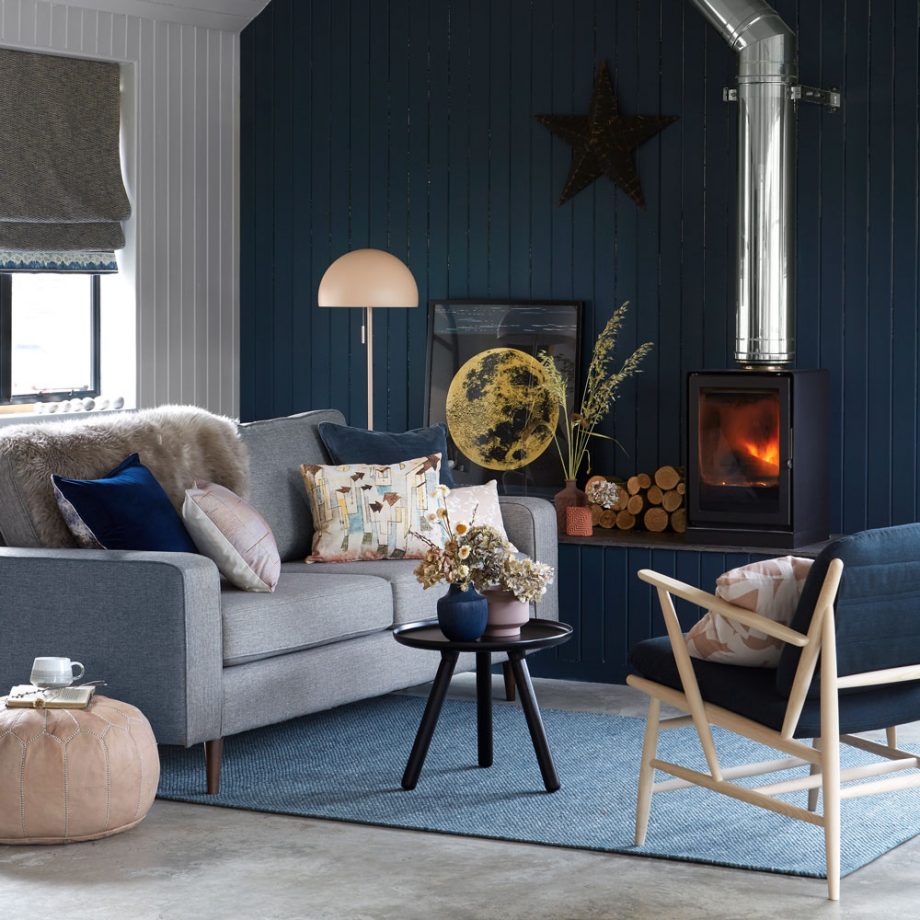
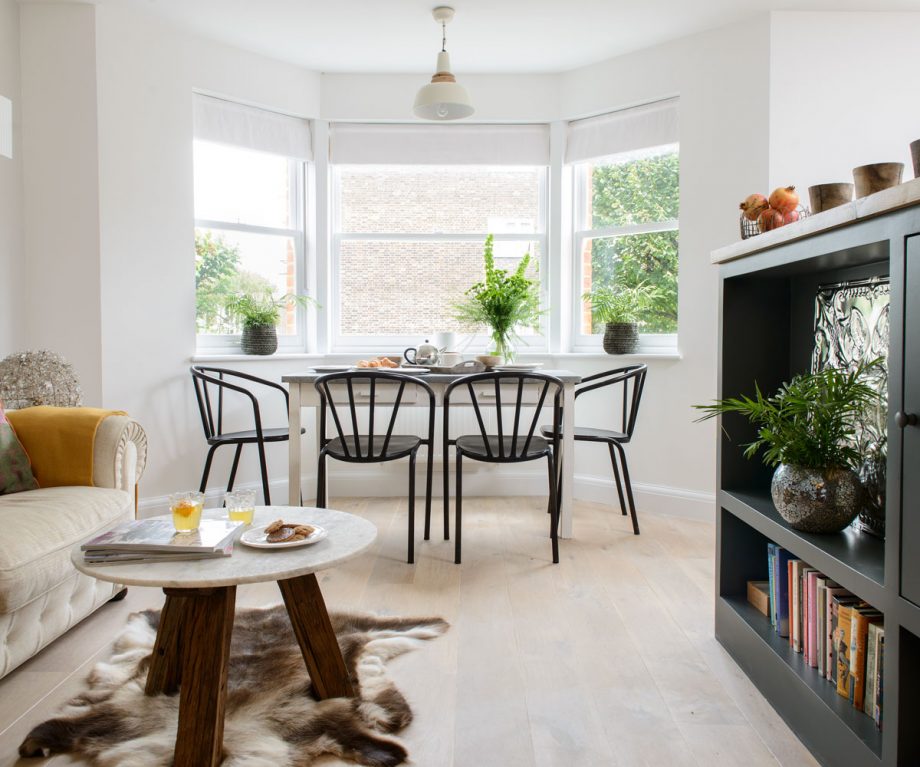
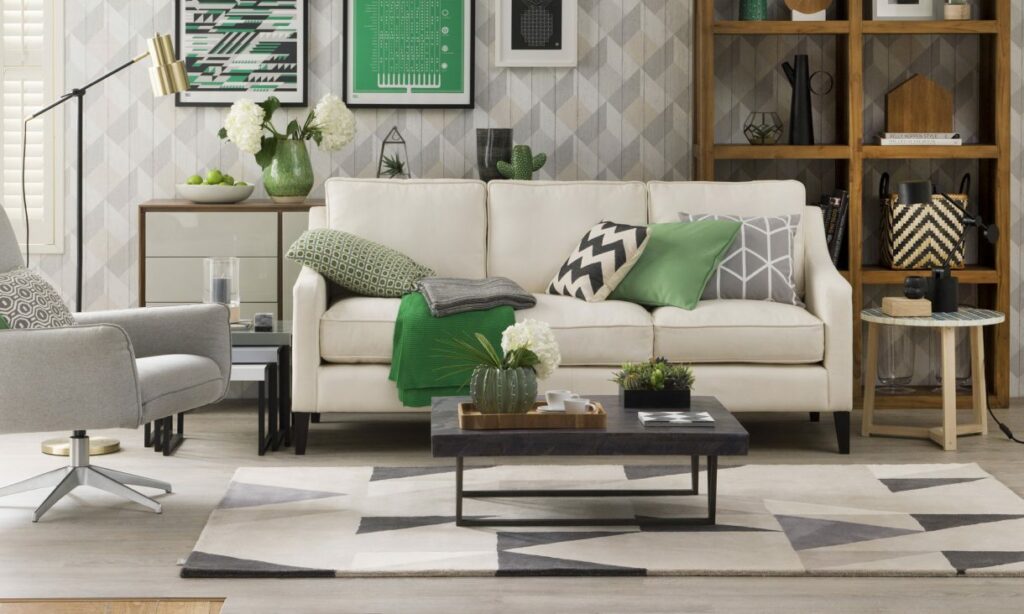
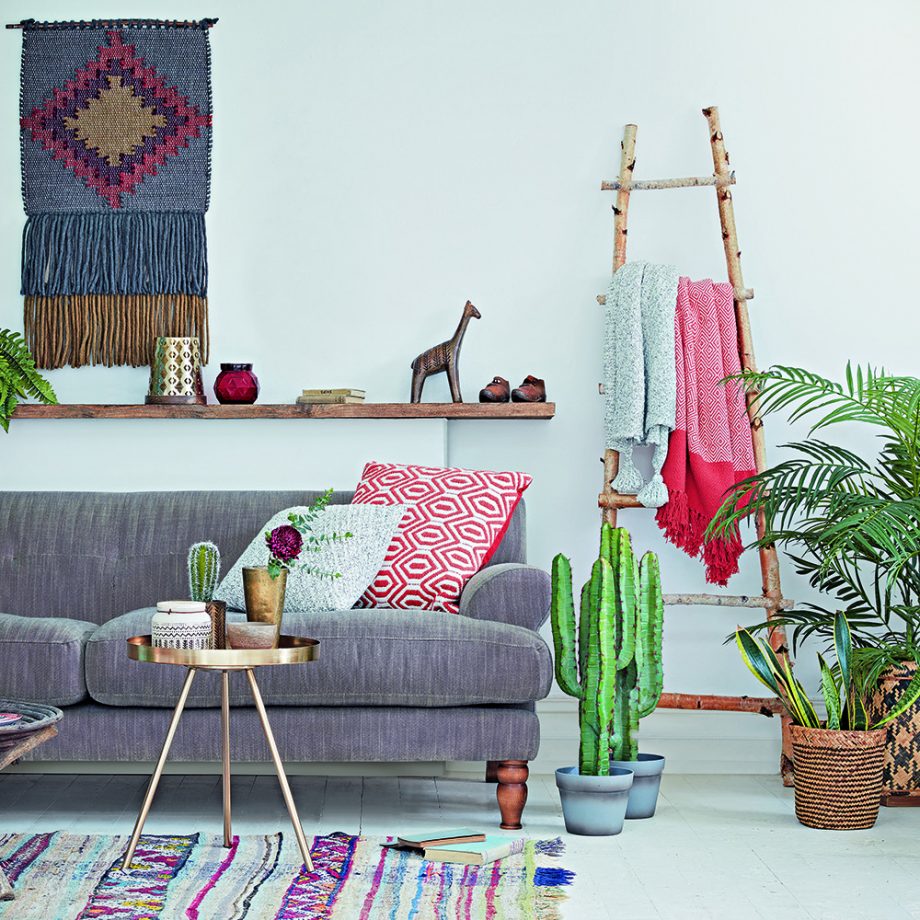
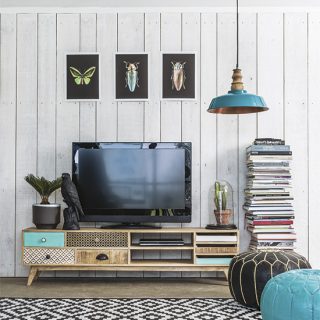
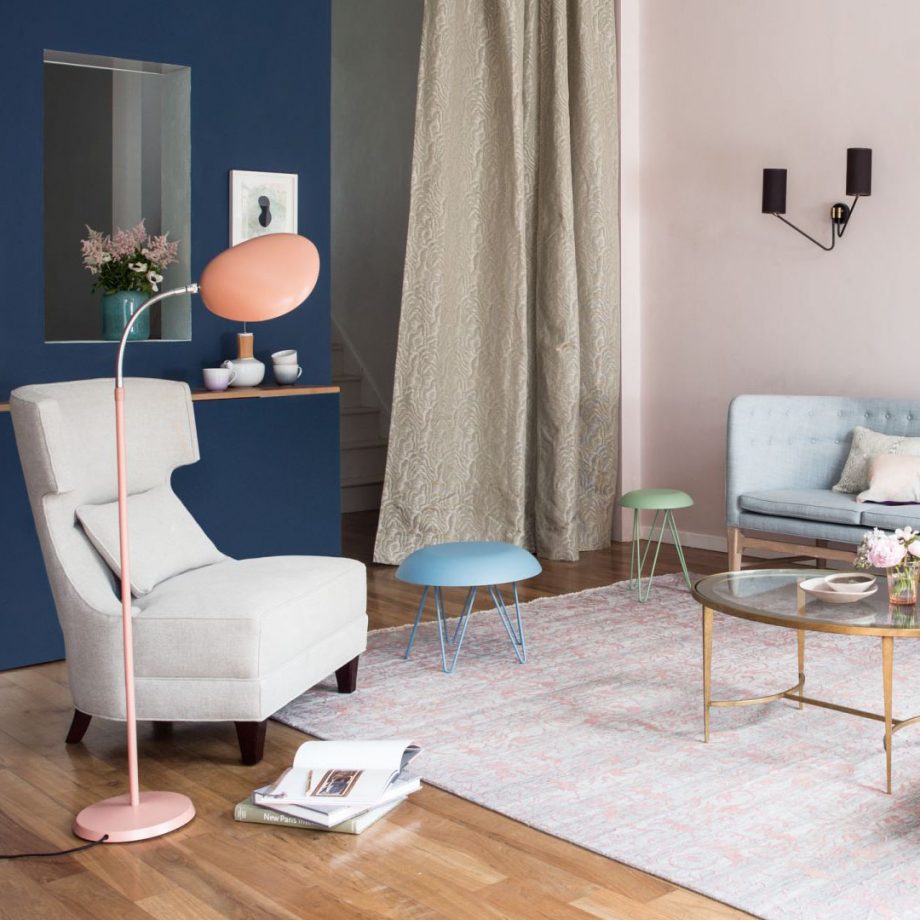
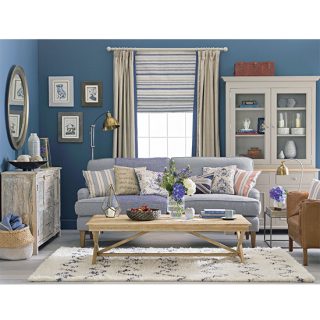
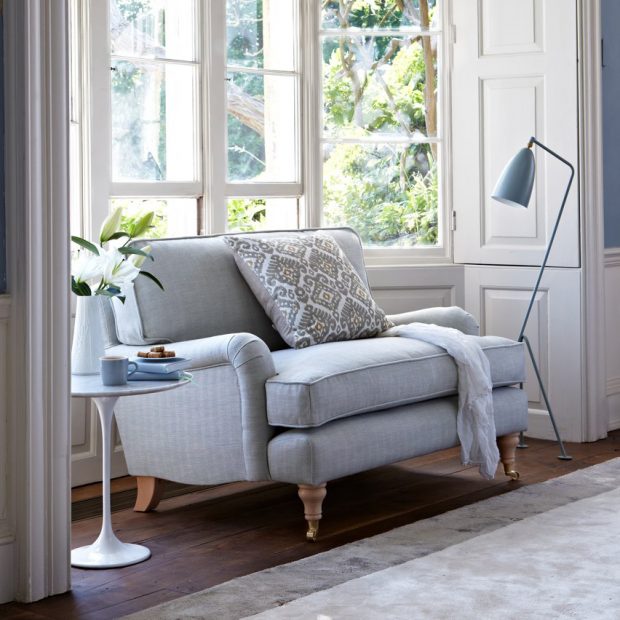
How to plan and decorate your living room
A good starting point is to think about how many people you need to fit in your living room on a regular basis. This will help you to choose the right living room furniture.
What should I put in my living room?
A large family will need a sizeable sofa and a couple of armchairs at least to make sure everyone has somewhere comfortable to sit.
If space is tight, beanbags and poufs are a smart way to sneak in extra seating, and can be stowed away easily at times when there are fewer people in the house.
If you like to entertain in your living room, it’s a good idea to have a few lightweight side chairs that can be moved into more sociable arrangements when people come to visit. Small side tables or nesting tables are another handy addition, giving guests a place to perch their drinks.
How do you set up living room furniture?
This depends on the size of your living room and what the room is most commonly used for. Small living rooms may require you to place furniture against the walls to ensure there’s enough space for people to move about without sidling around chairs or banging their shins on the coffee table.
Ideally you need at least 50cm between each piece of furniture to allow for optimum traffic flow.
If you have a bit more space to play with, bring the furniture away from the walls to create a cosy sitting area. This works especially well in open-plan living spaces, helping to zone the relaxation area from the thoroughfares or dining, cooking and study areas. If the back of your sofa isn’t much to look at, hide it behind a low console table topped with decorative objects.
A good rug can also help to zone a living space, making it feel more intimate. Place the front legs of sofas and chairs on the rug, leaving the back legs off, to give mismatched furniture a more unified feel.
If your living room is your main TV room, it goes without saying that seating needs to be positioned to give a good view of the television, and that it isn’t so far away that viewers need to squint. Living rooms without a TV give you the freedom to choose a more aesthetically pleasing focal point, whether it’s a period fireplace, an ornate mirror or a statement coffee table.
If you do have a TV but don’t want it on show when you’re not watching it, you can always hide it away behind the doors of an attractive TV cabinet.
Living room storage ideas
Good living room storage is almost as important as a good living room layout. Clutter can build up quickly in a space that’s used by the whole household every day, so it’s important that everything has its right place.
A coffee table with drawers or a hidden shelf is perfect for keeping remote controls within reach but out of sight. Footstools that open up to reveal a secret storage compartment are another neat tidying trick, especially in small living rooms. Open shelving is great for books and ornaments, but it’s useful to have some kind of drawer or cupboard storage in your living room as well, where you can tuck away things like laptops and other items that you don’t want on display. Remember to leave plenty of room for any furniture with doors or drawers to open properly.
What are the new colours for living rooms?
For the biggest colours in living rooms in 2019, check out our pink living room ideas and green living room ideas.
That said, you can never go wrong with a muted base, which is why our grey living room ideas and neutral living room ideas will always be relevant.
What’s the best way to light a living room?
Living rooms are multifunctional spaces, so they need lighting for all the different tasks they need to perform. First, you’ll need a general light source – a ceiling pendant light, for example – that will light the room at darker times of day when the household are milling about.
Wall lights and table lamps will give a softer glow when it’s time to relax. An adjustable reading lamp next to a comfy chair will allow readers to focus on their book without dazzling the rest of the room.
A formal, parlour-style living room demands decorative lighting to impress, whether it’s a statement standard lamp or a designer chandelier. You might also consider adding accent lighting, such as a picture light to draw attention to a favourite work of art.
It’s a good idea to have at least two electrical circuits for your living room lighting – one for the main light, and one for softer lighting – as well as dimmer switches so you can control the level of light to suit the time of day, task and mood.


